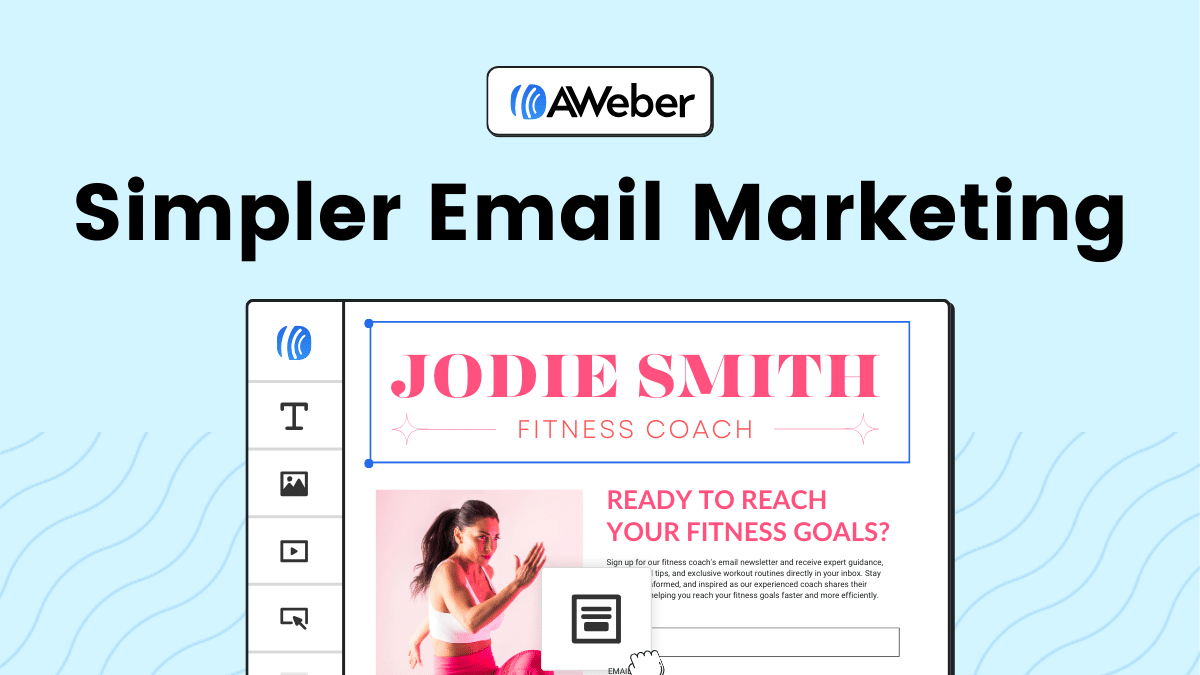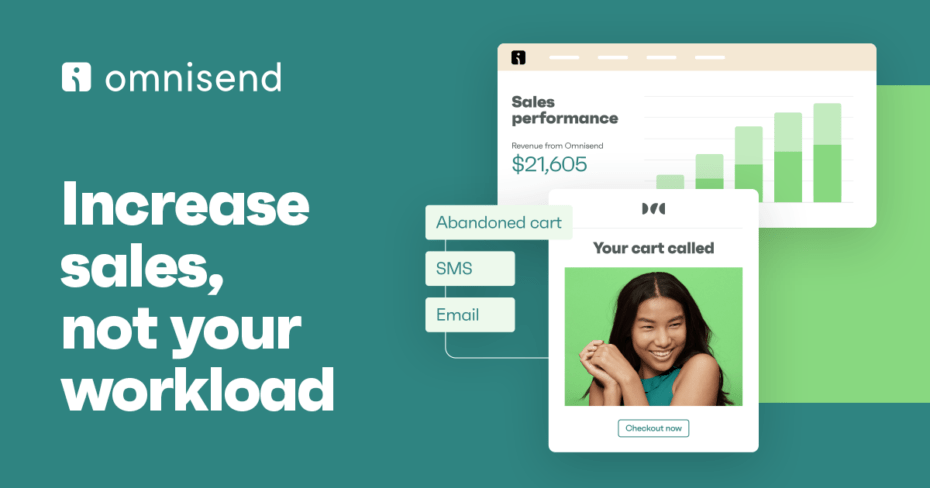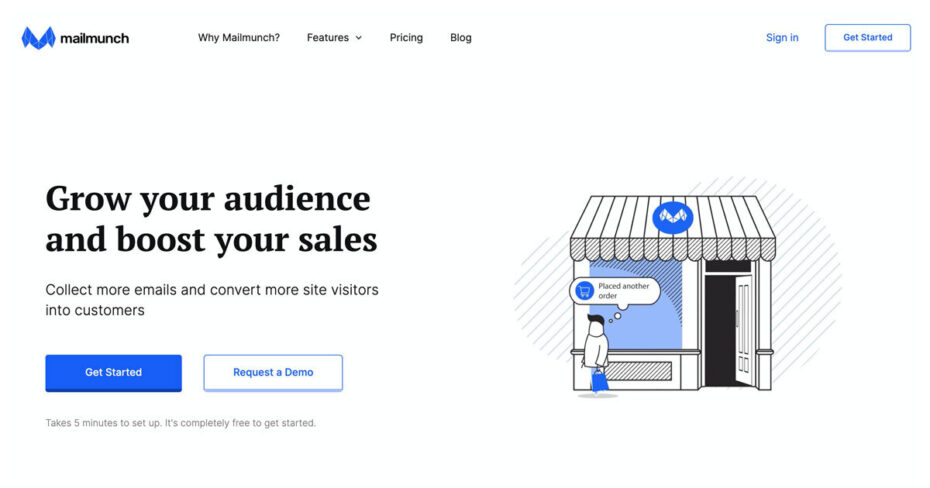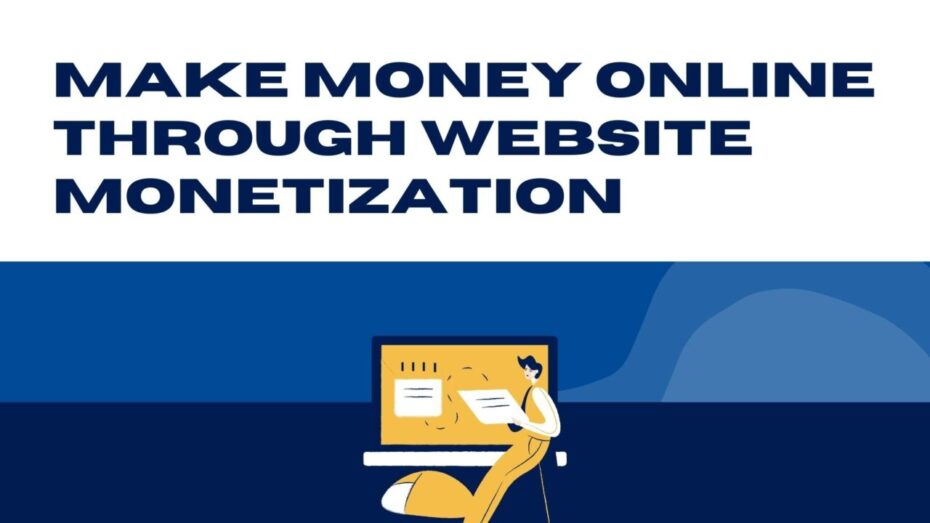Website monetization is essential for bloggers looking to make money online. By effectively utilizing various monetization strategies, bloggers can transform their websites into profitable ventures. This guide will explore the best methods to monetize your website, ensuring you maximize your earnings.
Maximize Revenue with Ad Displaying Techniques
Website monetization through ad displaying techniques is one of the most effective ways to generate steady income from your online presence. By understanding different types of ads, selecting the right ad networks, and optimizing ad placement, you can significantly boost your revenue. My recommendation is to strategically integrate these methods to maximize your site’s earning potential.
Most importantly, I advise you to stay updated with the latest trends and tools in ad technology. This will ensure your strategies remain effective and your earnings continue to grow. I strongly believe that a well-planned ad strategy can turn your website into a reliable income source.
Understanding Different Types of Ads
Different types of ads can impact your website monetization in various ways. Display ads, native ads, and video ads are some of the most common types used by publishers. Display ads, typically banner ads, are visually appealing and can be placed in high-traffic areas of your site. Native ads blend seamlessly with your content, offering a less intrusive user experience. Video ads, on the other hand, engage visitors more effectively but may require more resources to implement.
I recommend you to experiment with different ad formats to see which ones perform best on your site. My suggestion is to start with display ads, as they are easier to set up and widely accepted by most ad networks. As you gather data, you can adjust your strategy to include native and video ads for a more diversified revenue stream.
From my experience, combining multiple ad types can enhance user engagement and increase click-through rates. I point out that understanding your audience’s preferences is crucial in selecting the right ad formats.
I advise you to monitor your ad performance regularly. Tools like Google Analytics can provide insights into which ads are performing well and which need adjustment. This ongoing analysis will help you fine-tune your ad strategy for optimal results.
Selecting the Right Ad Networks
Choosing the right ad networks is essential for effective website monetization. Popular ad networks like Google AdSense, AdMaven, and Adcash offer various benefits and cater to different types of websites. Google AdSense is widely used due to its ease of integration and vast advertiser base. AdMaven is another excellent option, especially for sites with a significant amount of U.S. traffic. Adcash, on the other hand, is best suited for high-traffic sites looking for premium ad placements and higher revenue shares.
I believe you should evaluate multiple ad networks to find the best fit for your website. My recommendation is to start with Google AdSense because of its straightforward setup process and robust support system. As your site grows, you might consider testing other networks to compare performance and revenue potential.
It’s important to read reviews and case studies about different ad networks to understand their strengths and weaknesses. I suggest joining online forums and communities where publishers share their experiences with various ad networks.
Additionally, I advise you to be cautious of networks that promise unusually high payouts. While higher earnings are attractive, some networks may use intrusive ad formats that could negatively impact user experience and site reputation.
Optimizing Ad Placement for Higher Earnings
Optimizing ad placement is crucial for maximizing revenue from website monetization. Strategic ad placement ensures that ads are visible without being intrusive, leading to higher click-through rates and increased earnings. My recommendation is to place ads above the fold, within the content, and at the end of articles. These locations are known to attract more attention and generate more clicks.
I suggest you test different ad placements to find the most effective spots on your site. Tools like heatmaps can help you understand where users are most likely to interact with ads. From my experience, ads placed within the content tend to perform better because they are more integrated into the user experience.
It’s essential to maintain a balance between ad visibility and user experience. I advise you to avoid placing too many ads in one area, as this can overwhelm visitors and lead to higher bounce rates. Instead, focus on strategic placements that complement your content.
I strongly believe that regular testing and analysis are key to optimizing ad placement. By continuously refining your ad strategy, you can achieve higher earnings while maintaining a positive user experience. My suggestion is to stay flexible and adapt your approach based on performance data and user feedback.
Boost Income with Email Marketing Strategies
Website monetization through email marketing is a highly effective way to boost income. By building an engaged email list, crafting compelling email campaigns, and using automation for better results, you can create a steady stream of revenue. My suggestion is to start with a solid foundation in email list building to maximize the effectiveness of your campaigns.
Most importantly, I recommend focusing on the quality of your email list rather than the quantity. An engaged and responsive audience will yield better results and higher conversions.
Email Marketing Recommendations
 Aweber
|  Omnisend
|  Mailmunch
|
Building an Engaged Email List
Building an engaged email list is the cornerstone of successful email marketing. I strongly believe that offering valuable incentives, such as exclusive content or discounts, is essential for attracting subscribers. My advice is to create a lead magnet that aligns with your audience’s interests and needs.
From my experience, utilizing opt-in forms and landing pages can significantly boost your email list. I suggest placing these forms in strategic locations on your website, such as at the end of blog posts or as pop-ups. This ensures maximum visibility and encourages visitors to subscribe.
I recommend you to segment your email list based on subscriber behavior and preferences. This allows you to send targeted and relevant content, increasing engagement and conversions. I point out that personalized emails are more likely to be opened and acted upon.
My recommendation is to regularly clean your email list by removing inactive subscribers. This helps maintain a healthy list and ensures your emails reach the most interested audience. I advise you to monitor your email analytics to identify inactive subscribers and take necessary actions.
Crafting Compelling Email Campaigns
Crafting compelling email campaigns is crucial for engaging your audience and driving conversions. I suggest starting with a clear and enticing subject line to grab attention. A well-crafted subject line increases the likelihood of your email being opened.
My advice is to focus on creating valuable content that addresses your audience’s pain points and offers solutions. I believe that emails should be concise, visually appealing, and include a strong call to action. This encourages recipients to take the desired action, such as clicking a link or making a purchase.
I recommend using storytelling techniques in your emails. Sharing personal experiences or customer success stories can create a connection with your audience. My suggestion is to make your emails relatable and authentic to build trust and loyalty.
Most importantly, I advise you to test different elements of your email campaigns, such as subject lines, content, and send times. A/B testing allows you to identify what resonates best with your audience and optimize your campaigns for better results.
Using Automation for Better Results
Using automation in your email marketing strategy can significantly improve efficiency and results. I think that automated email sequences, such as welcome series or abandoned cart emails, can nurture leads and drive conversions without constant manual effort.
I recommend you to invest in a reliable email marketing platform that offers automation features. These tools can help you set up and manage automated campaigns with ease. I suggest starting with simple automation workflows and gradually adding more complex sequences as you become comfortable with the process.
My advice is to personalize your automated emails based on subscriber data, such as past behavior or preferences. Personalized automation can enhance the relevance and effectiveness of your campaigns. I believe that dynamic content and personalized recommendations can boost engagement and conversions.
I strongly believe that monitoring and analyzing the performance of your automated campaigns is essential. My recommendation is to track key metrics, such as open rates, click-through rates, and conversions, to identify areas for improvement. Regularly reviewing and optimizing your automation workflows ensures they remain effective and aligned with your goals.
Increase Earnings through Affiliate Marketing
Website monetization through affiliate marketing is a lucrative strategy to boost your income. By choosing profitable affiliate programs, creating high-converting content, and tracking and analyzing performance, you can maximize your earnings. My suggestion is to focus on these key areas to ensure your affiliate marketing efforts are successful.
Most importantly, I advise you to research and select affiliate programs that align with your niche and audience. This will increase the likelihood of conversions and higher commissions.
Choosing Profitable Affiliate Programs
Choosing profitable affiliate programs is the first step to successful affiliate marketing. I recommend you to start by researching programs that offer competitive commissions and have a good reputation. Websites like ShareASale, CJ Affiliate, and Amazon Associates are excellent places to begin.
My advice is to select programs that align with your website’s content and audience interests. I believe that promoting products or services that resonate with your readers will lead to higher conversion rates. Additionally, I suggest looking for programs that offer various promotional materials to make your marketing efforts easier.
I strongly believe in the importance of checking the program’s terms and conditions. Some programs may have specific requirements or restrictions that could affect your promotions. I recommend you to thoroughly read and understand these terms before signing up.
Most importantly, I advise you to join affiliate networks that provide reliable tracking and timely payments. This ensures you get credited for every sale you generate and receive your commissions without delays.
Creating High-Converting Content
Creating high-converting content is essential for effective affiliate marketing. I think that your content should provide genuine value to your readers while naturally incorporating affiliate links. My recommendation is to focus on creating detailed reviews, how-to guides, and comparison posts that highlight the benefits of the products or services you are promoting.
I suggest using personal anecdotes and experiences to make your content more relatable and trustworthy. Readers are more likely to convert when they feel a personal connection with the content. I point out that including visuals, such as images and videos, can also enhance engagement and drive conversions.
I advise you to strategically place your affiliate links within the content. Links should be naturally integrated and positioned where they are most likely to be clicked. My suggestion is to use call-to-action buttons or hyperlinks within the text to encourage clicks.
From my experience, updating your content regularly to keep it relevant and accurate can improve its effectiveness. I recommend revisiting older posts to update information and add new insights or products as needed.
Tracking and Analyzing Affiliate Performance
Tracking and analyzing your affiliate performance is crucial for optimizing your website monetization strategy. I believe that using analytics tools, such as Google Analytics and affiliate network dashboards, can provide valuable insights into your campaigns’ effectiveness. My advice is to monitor key metrics like click-through rates, conversion rates, and revenue generated.
I recommend you to set up custom tracking links for different campaigns or promotional channels. This allows you to identify which strategies are driving the most traffic and conversions. I suggest using UTM parameters to track the performance of your affiliate links accurately.
I strongly believe in the importance of regular performance reviews. Analyzing your data helps you understand what is working and what needs improvement. I advise you to use this information to adjust your strategies and focus on high-performing campaigns.
Most importantly, I recommend testing different approaches to see what resonates best with your audience. Experimenting with various content types, promotional methods, and placement strategies can help you discover the most effective ways to increase your affiliate earnings.
Generate Income by Offering Online Courses
Website monetization through offering online courses is a fantastic way to generate income while sharing your expertise. By identifying in-demand course topics, developing high-quality course content, and marketing your courses effectively, you can create a lucrative revenue stream. My recommendation is to focus on these key aspects to ensure your online courses are successful.
Most importantly, I advise you to thoroughly research your target audience and their needs. This will help you create courses that are both relevant and valuable, increasing the likelihood of attracting and retaining students.
Identifying In-Demand Course Topics
Identifying in-demand course topics is the first step to successful online course creation. I believe that researching trends in your industry and analyzing what potential students are searching for can provide valuable insights. Tools like BuzzSumo, keyword research tools, and social media platforms can help you gauge interest in various topics.
My suggestion is to leverage your existing audience by conducting surveys or polls to understand their learning preferences and pain points. I advise you to look at popular courses on platforms like Udemy or Coursera for inspiration and to identify gaps in the market that you can fill with your unique expertise.
I recommend you to focus on evergreen topics that will remain relevant over time. While trending topics can attract immediate interest, evergreen content ensures a steady stream of students in the long run. I point out that balancing both types of content can maximize your course’s appeal.
Most importantly, I advise you to choose topics that you are passionate about and have substantial knowledge in. Teaching something you are enthusiastic about will make the creation process more enjoyable and engaging for your students.
Developing High-Quality Course Content
Developing high-quality course content is crucial for the success of your online courses. I think that investing time and resources in creating comprehensive and engaging materials will pay off in the long run. My advice is to start with a well-structured course outline that breaks down the content into manageable sections and modules.
I suggest using a mix of multimedia elements, such as videos, audio recordings, and interactive quizzes, to cater to different learning styles. Visual aids like slides, infographics, and diagrams can enhance understanding and retention. I strongly believe that incorporating real-life examples and case studies can make your content more relatable and practical.
My recommendation is to ensure your course content is accessible and user-friendly. This includes providing clear instructions, captions for videos, and downloadable resources. I advise you to test your materials on different devices and platforms to ensure a seamless learning experience.
I point out that regular updates and improvements to your course content are necessary to maintain its relevance and quality. I recommend gathering feedback from your students and using it to refine and enhance your course offerings.
Marketing Your Courses Effectively
Marketing your online courses effectively is essential to attract students and generate income. I believe that leveraging multiple marketing channels can maximize your reach and visibility. My suggestion is to start with a comprehensive marketing plan that outlines your goals, target audience, and promotional strategies.
I advise you to use social media platforms to build a community around your courses. Sharing valuable content, engaging with your audience, and running targeted ads can help you attract potential students. I strongly believe in the power of email marketing for promoting your courses. Building an email list and sending regular updates, offers, and valuable content can drive enrollments.
My recommendation is to collaborate with influencers and other industry experts to broaden your reach. Guest blogging, podcast appearances, and co-hosting webinars can introduce your courses to new audiences. I point out that offering free webinars or trial lessons can showcase your expertise and entice potential students to enroll in your full courses.
Most importantly, I suggest you to use testimonials and reviews from past students to build credibility and trust. Positive feedback can significantly influence potential students’ decision to enroll in your courses. I recommend you to showcase these testimonials on your course landing pages and marketing materials to enhance your promotional efforts.
Profit from Selling Digital Products
Website monetization through selling digital products is a highly effective way to generate income. By understanding the types of digital products to sell, creating valuable digital products, and promoting them successfully, you can build a sustainable revenue stream. My recommendation is to start with identifying the digital products that align with your expertise and audience needs.
Most importantly, I advise you to focus on creating high-quality digital products that provide genuine value to your customers. This will not only increase sales but also build trust and loyalty among your audience.
Types of Digital Products to Sell
Choosing the right types of digital products to sell is crucial for successful website monetization. I believe that eBooks, online courses, and software are some of the most popular and profitable digital products. EBooks are relatively easy to create and can cover a wide range of topics. My suggestion is to write about subjects you are knowledgeable in and that your audience finds valuable.
I recommend you to consider creating online courses if you have specialized knowledge in a particular field. Online courses can be more lucrative as they often command higher prices. I strongly believe that offering a combination of video lessons, quizzes, and downloadable resources can enhance the learning experience and attract more students.
My advice is to explore selling software or digital tools if you have the technical skills. This can include anything from mobile apps to website plugins. Software products can provide recurring revenue if you offer subscription-based pricing. I point out that keeping your software updated and user-friendly is key to maintaining customer satisfaction.
Most importantly, I suggest you to diversify your digital product offerings to cater to different segments of your audience. This not only maximizes your income potential but also helps you reach a broader audience.
Creating Valuable Digital Products
Creating valuable digital products is essential for successful website monetization. I think that thorough research and planning are critical before you start the creation process. My advice is to identify the pain points and needs of your target audience and develop products that address these issues.
I recommend you to invest time in creating high-quality content. Whether it’s writing an eBook or recording video lessons, the quality of your product reflects your brand’s credibility. I strongly believe that providing actionable insights and practical solutions in your digital products can significantly enhance their value.
My suggestion is to use professional tools and software for creating your digital products. For example, using design software for eBooks or video editing tools for online courses can improve the overall quality of your products. I advise you to test your products thoroughly before launching them to ensure they work as intended.
From my experience, gathering feedback during the development process can be incredibly valuable. I recommend you to share drafts or beta versions with a small group of trusted individuals and use their feedback to make improvements. This ensures your final product meets the expectations of your audience.
Promoting Your Digital Products Successfully
Promoting your digital products successfully is vital for generating sales and revenue. I believe that having a comprehensive marketing strategy is essential. My recommendation is to start by building a strong online presence through social media, email marketing, and your website.
I advise you to create compelling sales pages that highlight the benefits of your digital products. Using persuasive copy, testimonials, and clear calls to action can significantly increase conversion rates. I strongly believe that offering limited-time discounts or bonuses can create a sense of urgency and encourage more purchases.
My suggestion is to leverage content marketing to promote your digital products. Writing blog posts, creating videos, or hosting webinars that relate to your products can drive traffic and generate interest. I point out that providing valuable content for free can build trust and entice potential customers to buy your products.
Most importantly, I recommend you to collaborate with influencers or affiliates to broaden your reach. Influencers can promote your products to their audience, while affiliates can help drive sales in exchange for a commission. I advise you to carefully select partners who align with your brand and values for the best results.
Comprehensive Guide to Website Monetization
Website monetization is a multifaceted approach to generating revenue from your online presence. By integrating multiple monetization methods, analyzing and adjusting your strategies, and utilizing the right tools and resources, you can maximize your earning potential. My suggestion is to adopt a comprehensive approach to ensure sustainable income streams.
Most importantly, I recommend continuously learning and adapting to new trends and technologies in website monetization. This will help you stay ahead of the competition and keep your strategies effective.
Integrating Multiple Monetization Methods
Integrating multiple monetization methods is key to maximizing your website’s revenue. I believe that relying on a single source of income can be risky, so diversifying your strategies can provide more stability. My recommendation is to combine methods like affiliate marketing, ad displaying, selling digital products, and offering online courses.
I suggest starting with the monetization methods that align best with your site’s content and audience. For example, if you run a blog, affiliate marketing and ad displaying might be the most straightforward methods to implement. As your site grows, you can expand into selling digital products or online courses to diversify your income streams.
I advise you to test different combinations of monetization methods to see what works best for your site. From my experience, some methods may perform better together than others, so it’s important to experiment and adjust accordingly. I point out that integrating multiple methods can also enhance user experience by providing a variety of valuable offerings.
Most importantly, I recommend tracking the performance of each monetization method individually. This will help you understand which strategies are most effective and where you need to make improvements. Regular analysis and adjustments are crucial for maintaining and increasing your revenue.
Analyzing and Adjusting Your Monetization Strategy
Analyzing and adjusting your monetization strategy is essential for long-term success. I think that regularly reviewing your site’s performance metrics can provide valuable insights into what’s working and what needs improvement. My advice is to use tools like Google Analytics to track key metrics such as traffic, conversion rates, and revenue.
I suggest setting specific goals for each monetization method and comparing your performance against these goals. This will help you identify areas where you are underperforming and make necessary adjustments. I strongly believe that setting realistic and achievable goals can keep you motivated and focused.
My recommendation is to stay flexible and open to trying new strategies. The digital landscape is constantly changing, and what works today might not work tomorrow. I advise you to keep an eye on industry trends and be willing to adapt your approach as needed.
Most importantly, I point out that seeking feedback from your audience can provide valuable insights. Understanding their preferences and pain points can help you tailor your monetization strategies to better meet their needs, ultimately leading to higher satisfaction and increased revenue.
Tools and Resources for Effective Monetization
Utilizing the right tools and resources can significantly enhance your website monetization efforts. I believe that investing in high-quality tools can streamline your processes and improve your results. My suggestion is to start with essential tools like Google Analytics, email marketing platforms, and ad management software.
I recommend you to explore affiliate marketing networks such as ShareASale, CJ Affiliate, and Amazon Associates. These platforms offer a wide range of affiliate programs and provide valuable resources to help you succeed. I advise you to join networks that align with your niche and offer competitive commissions.
My advice is to use content management systems like WordPress, which offer numerous plugins and integrations for monetization. Plugins for SEO, email marketing, and e-commerce can simplify the implementation of various monetization methods. I strongly believe that leveraging these tools can save you time and effort.
Most importantly, I suggest you to stay informed about the latest tools and technologies in website monetization. Joining online communities, attending webinars, and reading industry blogs can keep you updated and help you discover new resources that can enhance your strategies. I recommend continuously learning and adapting to stay ahead in the competitive online space.













